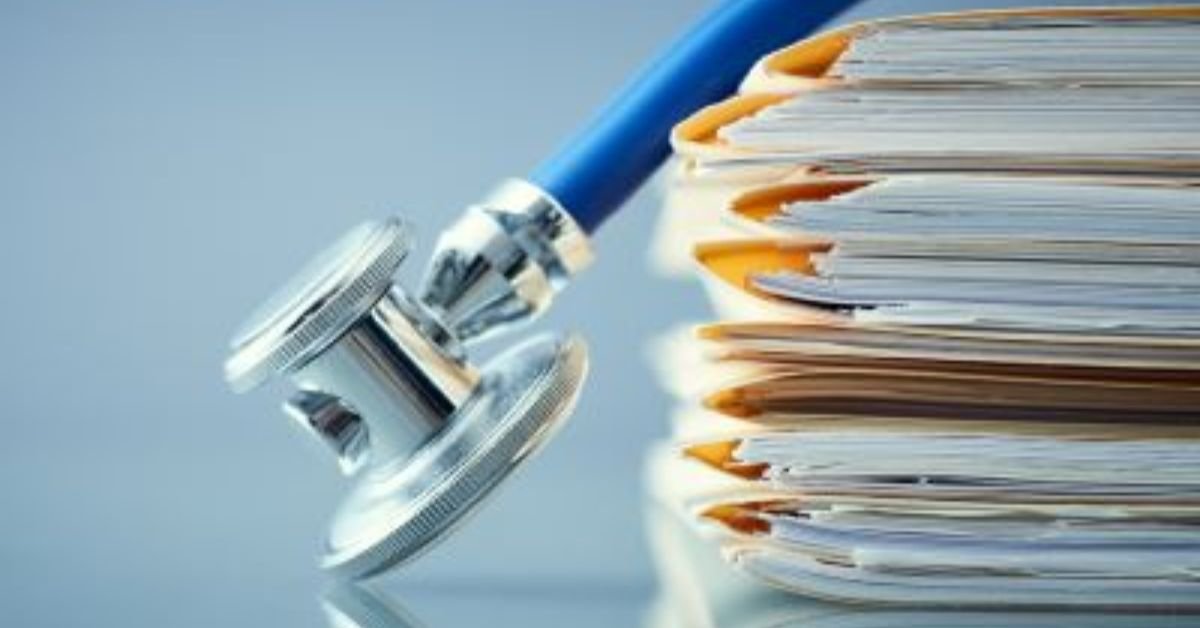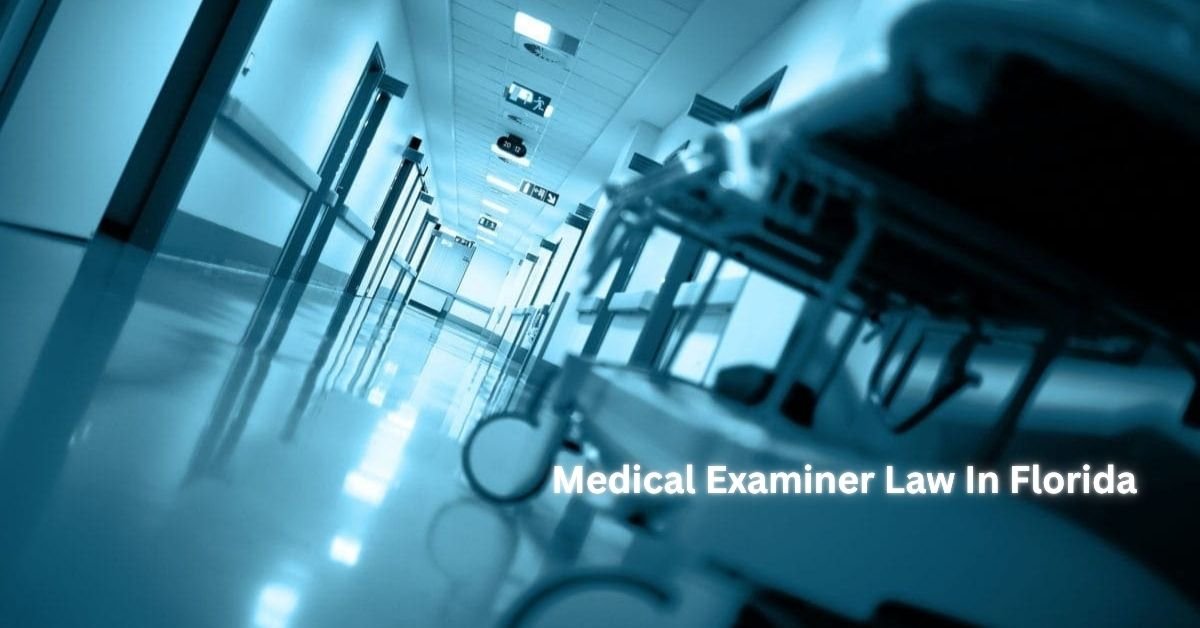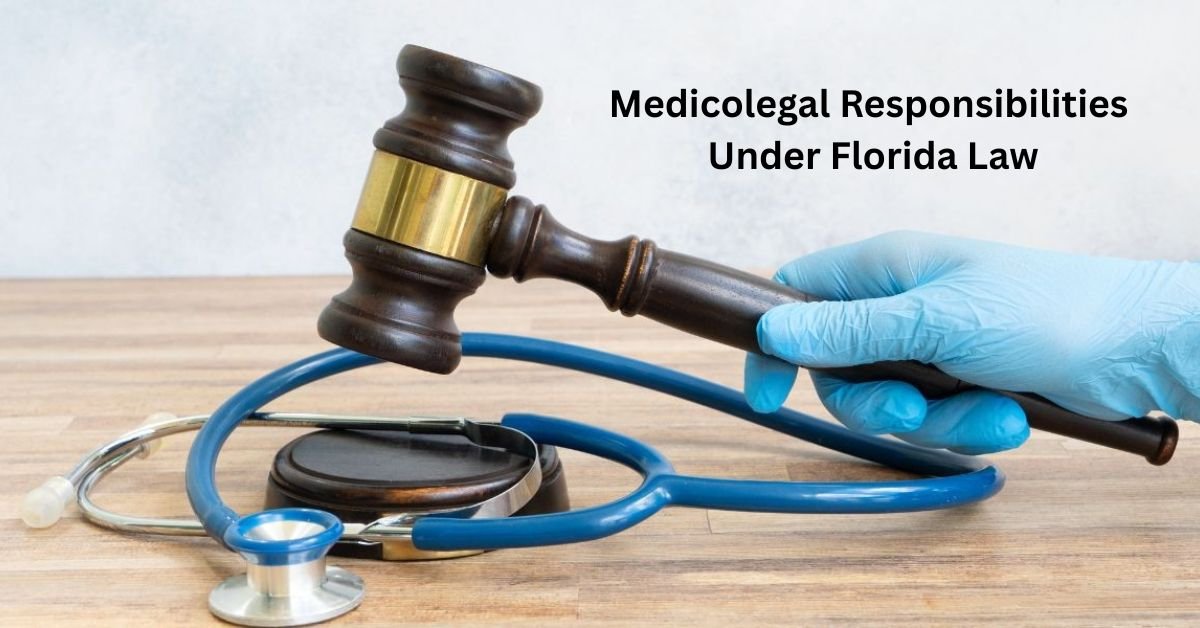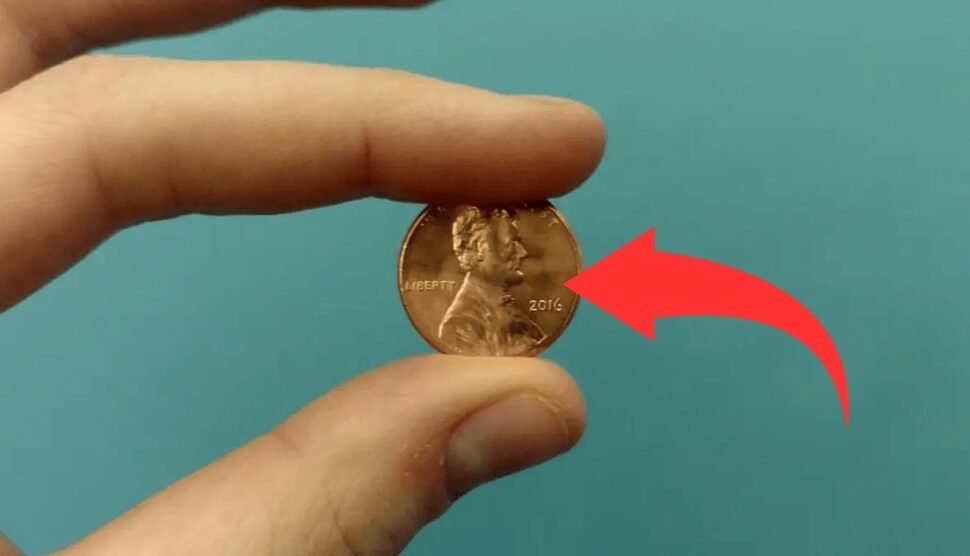In Florida, the approval and authority to perform an autopsy depend on the type of death and the circumstances surrounding it. Approval is governed by Florida Statutes Chapter 406, which outlines the responsibilities of district medical examiners and the process for conducting autopsies. Understanding who authorizes an autopsy involves knowing whether the death falls under legal obligation, medical necessity, or judicial intervention.
1. Medical Examiner Jurisdiction
When a death falls under the jurisdiction of the medical examiner, no approval from the family is required. Instead, the District Medical Examiner—a licensed forensic pathologist appointed under F.S. §406.06—has the statutory authority to determine whether an autopsy is necessary.
Cases Requiring Medical Examiner Autopsy (F.S. §406.11):
- Deaths by violence (accident, suicide, homicide)
- Sudden, unexpected deaths
- Unattended deaths (no physician present)
- Deaths in custody or correctional facilities
- Suspicious, unusual, or unnatural deaths
- Deaths threatening public health
In such cases, the medical examiner may order and perform the autopsy without consent from the next of kin.
2. Consent-Based Autopsies
If a death does not fall under the categories mandated by F.S. §406.11 (e.g., a natural death in a hospital under medical care), then:
- The hospital pathologist or private physician may perform an autopsy, but only with written consent from:
- The surviving spouse
- If none, an adult child
- If none, a parent
- Or another legally authorized person
This type of autopsy is typically performed for diagnostic, research, or academic purposes—not for legal investigations.
3. Court-Ordered Autopsies
In contested or legally complex situations:
- A judge may order an autopsy to determine cause or manner of death.
- This often occurs during civil litigation, criminal prosecution, or in response to family disputes regarding a prior autopsy or cremation.
- Courts may also authorize exhumation for a second autopsy.
Summary Table
| Type of Autopsy | Who Approves? | Statutory Reference |
|---|---|---|
| Medicolegal (suspicious death) | District Medical Examiner (no family consent) | F.S. §406.11, §406.13 |
| Hospital (natural death) | Next of kin (written consent required) | Consent-based, standard practice |
| Court-ordered | Judge | Legal motion or subpoena |
Roles of Key Officials in the Autopsy Process
At the center of Florida’s autopsy system is the District Medical Examiner, appointed by the Medical Examiners Commission under the Florida Department of Law Enforcement (FDLE). Each of Florida’s 25 districts is led by a board-certified forensic pathologist responsible for examining deaths that fall under their jurisdiction.
Medical examiners:
- Determine jurisdiction over deaths
- Order and perform autopsies
- Collect and preserve evidence
- Provide expert forensic testimony in legal cases
Hospital autopsies involve physicians and require administrative coordination, especially in teaching hospitals and research institutions.
Autopsy Procedures and Documentation
Once authorized, an autopsy includes:
- External and internal examinations
- Sample collection for toxicology and histopathology
- Detailed written reports and photographic records
Autopsy reports are public records in Florida, while photos and sensitive media are protected under F.S. §406.135. Proper documentation ensures transparency, supports legal processes, and upholds scientific standards.
Legal and Ethical Considerations
Autopsies performed under state authority raise ethical considerations involving bodily integrity, cultural beliefs, and family consent. Florida law prioritizes state interest over family objection in suspicious deaths, but requires consent in routine hospital settings.
In contentious cases, family members may request or oppose an autopsy. Legal intervention through courts may resolve such disputes. Autopsies involving children, religious objections, or potential malpractice are especially sensitive and may require judicial oversight.
Historical Context and Reform
Florida’s autopsy authority system underwent significant reform in the 20th century. Before the establishment of the Medical Examiners Commission in 1970, death investigations were handled by coroners—often without medical training. The shift to a medically supervised system standardized practices and improved the accuracy of death certification.
Today, Florida’s medical examiner system is recognized for its professionalism and scientific rigor, ensuring that autopsy decisions are grounded in forensic standards rather than political or personal influence.
Comparative Practices in Other States
Florida is one of the few states that exclusively uses board-certified medical examiners, rather than elected coroners. In contrast:
- States like Nevada and Louisiana use hybrid systems.
- Others, like California, give coroners the final say on autopsies, even if they lack medical training.
Florida’s centralized appointment process and statutory mandates provide greater consistency and oversight. This structure also limits the potential for conflict of interest or community pressure on autopsy decisions.
Public Health and Autopsy Data
Beyond legal implications, autopsies support public health surveillance. Findings from medical examiner reports are shared with:
- The Florida Department of Health
- The Centers for Disease Control and Prevention (CDC)
- National databases for drug overdose and injury tracking
This data helps identify health trends, emerging diseases, and policy needs—highlighting the broader value of autopsy work beyond the courtroom.
Conclusion
In Florida, the authority to approve and conduct autopsies is determined by statutory mandates, clinical judgment, and, when necessary, judicial oversight. The system is designed to safeguard the public interest, uphold scientific standards, and respect the rights of families.
Whether conducted by a district medical examiner, a hospital physician, or under court order, autopsies in Florida serve multiple purposes: ensuring justice, informing science, and protecting community health.
Key Legal References:












